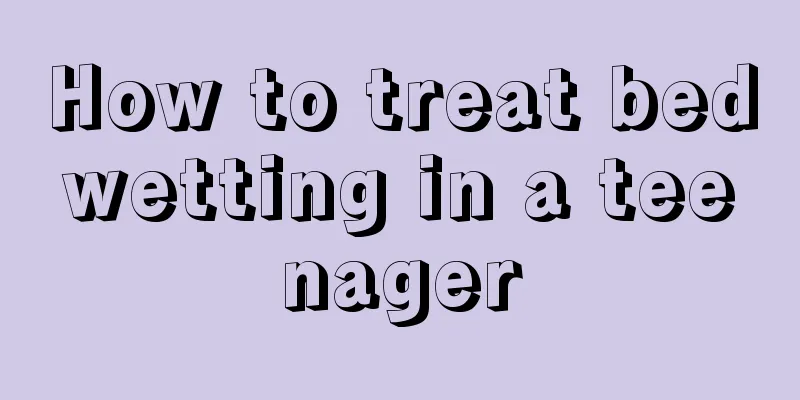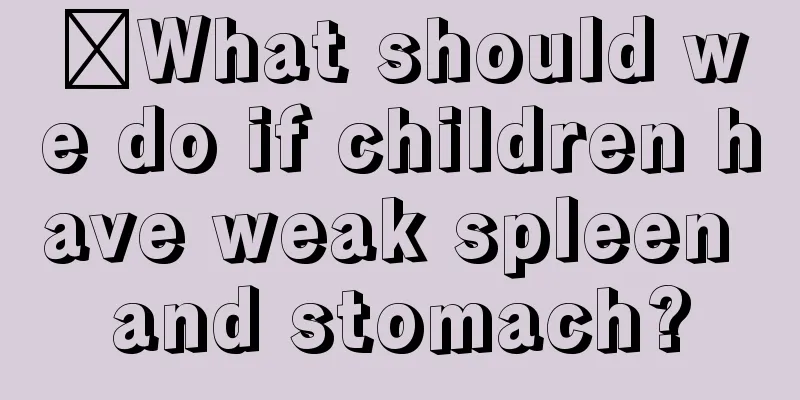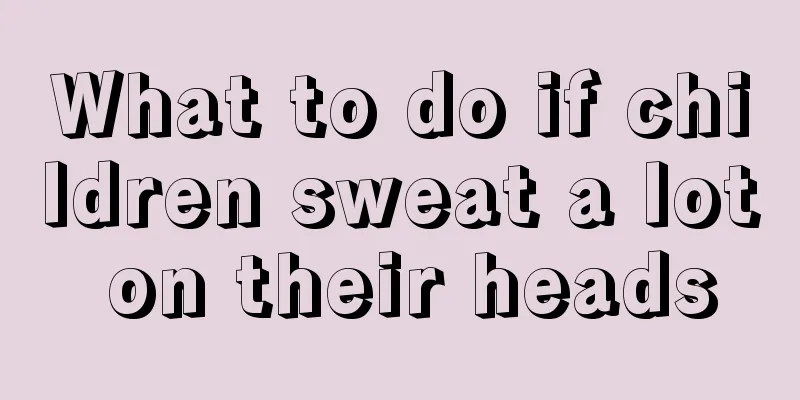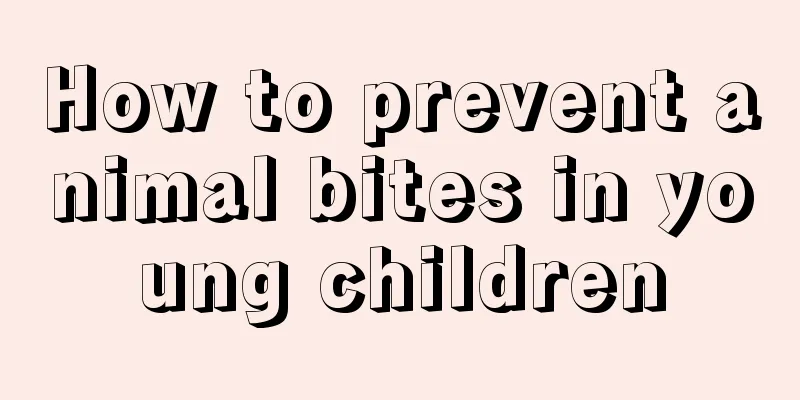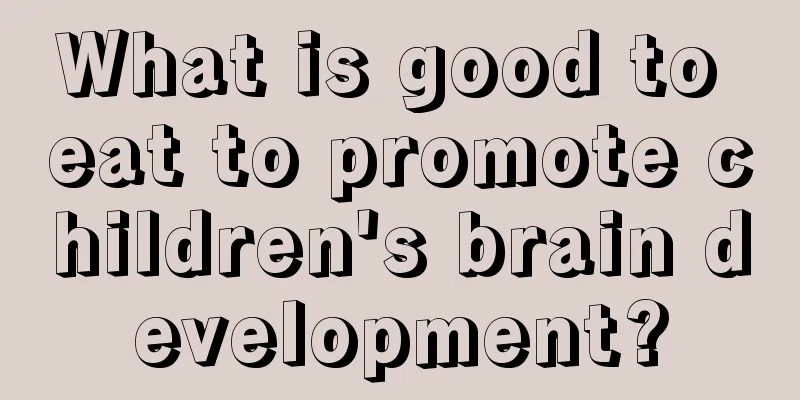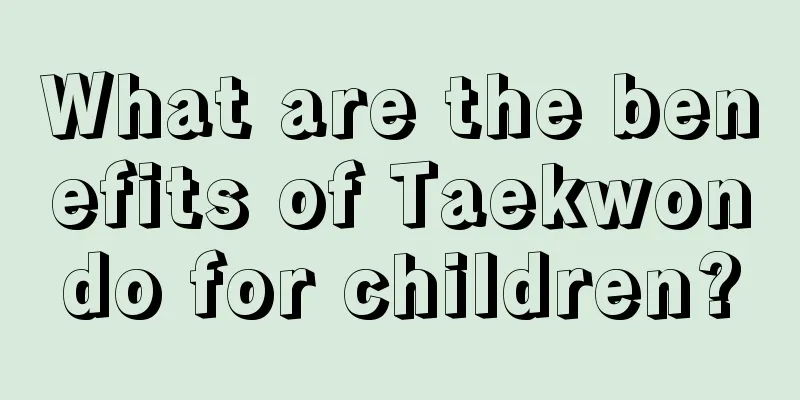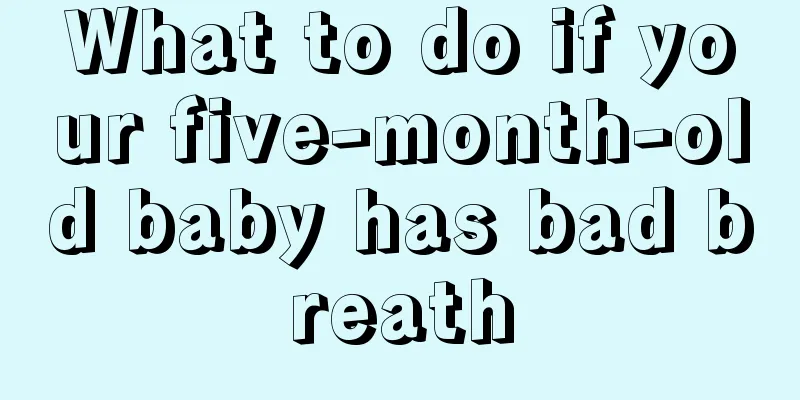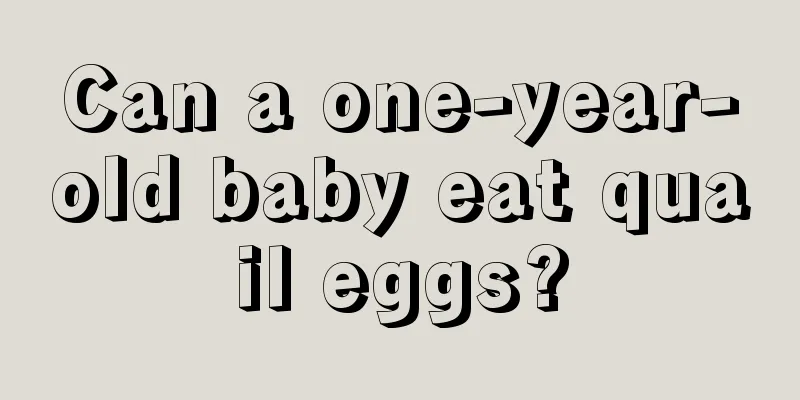How to prevent and treat children's fever and convulsions?
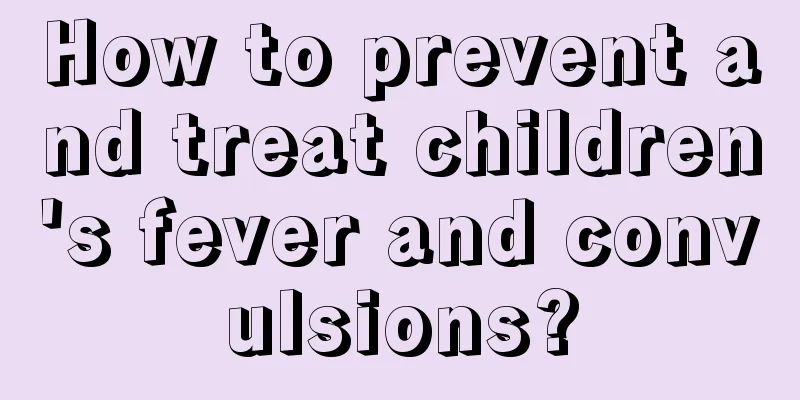
|
Children are still very easy to get sick, especially when their families do not take good care of them. They are prone to fever and various physical discomforts. So how to prevent and treat fever and convulsions in children? You should know that children's physical condition is relatively poor and they do not have such good resistance as adults. Once the high fever persists, it is easy to have a high fever convulsion. At this time, you still need to seize the time to treat it correctly. 1. Improve immunity: strengthen nutrition and engage in regular outdoor activities to strengthen physical fitness and improve resistance. If necessary, use some drugs to enhance immunity under the guidance of a doctor. 2. Prevent colds: When the weather changes, add or remove clothes in time to avoid catching cold; try not to go to public places or places with a large number of mobile populations, such as supermarkets, stations, cinemas, etc., to avoid catching a cold; if adults in the family have a cold, they need to wear masks and avoid contact with children as much as possible; open windows for ventilation at irregular intervals every day to keep the air circulating in the home. 3. Actively reduce fever: When children who have had febrile convulsions catch a cold, parents should closely observe their body temperature changes. Once the temperature reaches above 38°C, they should actively reduce the fever. There are two ways to reduce fever: one is physical cooling; the other is drug cooling. Physical fever reduction includes: 1) Warm water bath: The water temperature should be slightly higher than body temperature, mainly for washing the palms, soles, armpits, popliteal fossa, groin, etc. of the child, but the time should be short to prevent cold again and aggravate the condition. 2) Ice pillow: Use an ice bag to pillow the child’s head, and at the same time, apply a cold water wet towel to a large area of the forehead to lower the temperature of the head and protect the brain. 4. Correct use of anticonvulsant drugs: 1) Intermittent use of anticonvulsant drugs: that is, no medication is used at ordinary times, only at the beginning of each febrile illness, when the body temperature rises to 37.5℃, immediately inject diazepam solution into the rectum or give oral diazepam, or diazepam suppositories can also be used; 2) Long-term use of anticonvulsant drugs: For children who have more than 5 febrile convulsions per year and each febrile convulsion lasts more than 30 minutes, anticonvulsant drugs can be taken for a long time, and attention should be paid to adverse drug reactions. Through the above introduction, everyone has a clear idea of how to treat children's fever and convulsions. Families are still very worried about their children's health, but as long as they can start with treatment and prevention, control the disease, and regulate the child's body, there will be no chance of recurrence of the disease, but they must also prevent it from happening. |
<<: What causes fever and convulsions in children?
>>: What causes children to have fever and convulsions?
Recommend
How to treat baby's ADHD?
The growth of children is a family responsibility...
How to treat children's swollen tonsils?
People's tonsils often become swollen. If a c...
What to do if a 1-year-old child has a fever
Colds are very common in children. Since young ch...
How long does it take for a baby to stand?
When you see your baby stand up for the first tim...
How to treat stuttering in children in life?
Nowadays, the developmental status of children is...
Rare genetic diseases in children
There are many types of genetic diseases, such as...
Can a five month old baby sit?
When a baby is born, his bones are relatively fra...
What medicine should be applied to children's scrotal itching
Children's skin is more fragile than that of ...
Four month old baby straining to poop
In the process of growing up, babies usually need...
What is the best age for children to learn badminton?
Exercise can make people more flexible. Sports li...
Is it good for children to drink milk in the morning?
Milk is nutritious and rich in calcium. Many pare...
What to do if your child has rhinitis and nosebleeds
If a child has a nosebleed due to rhinitis, the f...
Can babies eat pomegranate seeds?
For babies, eating some pomegranates appropriatel...
Can babies eat longan? Parents should be more careful in the future
Longan, also known as lychee, is a very good food...
At what age do children start to change their teeth?
Tooth replacement is something that every child w...
